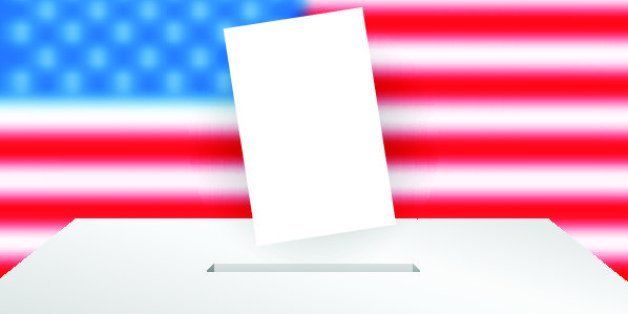
"Don't they know what they look like?!" a friend texted me during the Benghazi hearings, wondering how Trey Gowdy & Co. could imagine that a bunch of snarling men piling on one calm, collected woman would work in their favor. But that same comment also applies to new data from the Reflective Democracy Campaign of the Women Donors Network (WDN), showing that when Americans go to the polls, our choices look a whole lot like those hearings: disproportionately male, mostly white, and increasingly disconnected from the tenor of the times.
Don't they know what we look like? America is 51 percent female and nearly 40 percent people of color. Yet 90 percent of candidates are white, and 73 percent are men. How long can they call it a democracy when so many of us aren't reflected at the ballot box? And who are they, anyway? Who's in charge of this machine that keeps grinding out candidates like so many Ken dolls in dark blue suits? In 2012, the grand total of women of color running for local, state and federal office was 3.2 percent. In 2014, it was 3.5 percent. As any statistician will tell you, that's not a change. To make change, we need to understand who controls our nominating processes, and what makes it so very, stubbornly, predictably consistent.
At the Women Donors Network (WDN), we've identified some key impediments that contribute to the politics-as-usual processes that make every election look so much like the one before it. Money matters, maybe more than you think. Besides the need to raise big campaign bucks, there's the unfortunate reality that most people can't afford to serve as elected officials. Not if they also need to hold down a job. You can see how the political elite quickly forms, not so much on purpose as by default. Who's got big money? Who's friends with big money? That's why WDN is investing in solutions aimed at changing the system so that everyday people can serve.
Another factor is the gatekeepers, the big donors and party committees who, long before we decide at the polls, make the decisions that control who's running. I'll bet when those folks watched the Benghazi hearings, or the Planned Parenthood hearings, or the Anita Hill hearings for that matter, they didn't see those same red flags that flew for my friend and so many others watching the Benghazi committee at work. To those entrenched gatekeepers, there's nothing wrong with a system tilted so far in one direction that white men hold four times the political power of everyone else.
In the coming months, WDN will be introducing more data, more analysis, and more solutions. We see a future where communities, not committees, choose candidates, and where average Americans are not excluded from running for office, getting elected and serving their terms because they cannot afford to run, or because they are not a member of an elite "insider circle." We know what we look like, we Americans, and we also know what democracy looks like. The more reflective it becomes, the richer our debates will be, with ideas and solutions informed by all of our experiences, not just those so accustomed to holding power that they don't even know what they look like to our eyes.